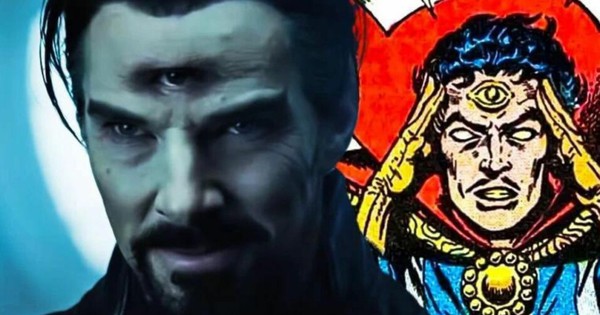The Mystery of the Inuit’s “Crystal Eye”
This is the northernmost region of Quebec, in a region known as Nunavik. Back in 1950, this area was covered in newspapers around the globe and was considered the eighth wonder of the world. Not because of the wasteland, and not because of any man-made structures, but because of the different geological features.
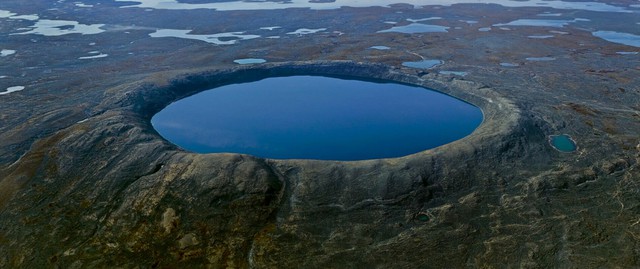
Pingualuit Crater in the Nunavik region of Quebec, one of the youngest and best-preserved craters on the planet. With a diameter of nearly 3.5 km and a circumference of more than 10 km, this crater is not only exceptional in size, but it also makes an impression with its almost perfect circular shape. Markusie Qisiiq, director and guide of Pingualuit Park, said: “The Inuit people knew of the existence of this crater before Westerners came in search of diamonds. They called it the Crystal Eye. by Nunavik”.
The Pingualuit Crater, located in Canada and nestled right in the tundra of the Ungava Peninsula in northernmost Quebec, is known for its perfectly circular crater formed by the impact of a meteorite that occurred on Earth. land over a million years ago. In addition to being one of the deepest lakes in North America, it is also considered to be the clearest and purest lake in the world, with a view of more than 35 meters.
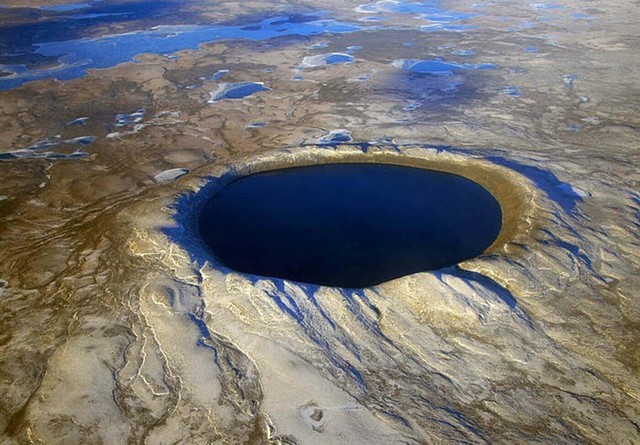
On June 20, 1943, a United States Air Force aircraft on a meteorological flight over the Ungava region of the province of Quebec took a photograph showing the wide rim of the crater jutting into the landscape. In 1948, the Royal Canadian Air Force covered the outback as part of a program of Canadian photomapping, although these photographs were not made widely available until 1950.
This vast basin was first identified by the crew of a US Air Force plane in June 1943, but its image was only made public in 1950. Before that, the crater was only known. known by the local Inuit, who named it “Crystal Eye of Nunavik” or “Crystal Eye”.
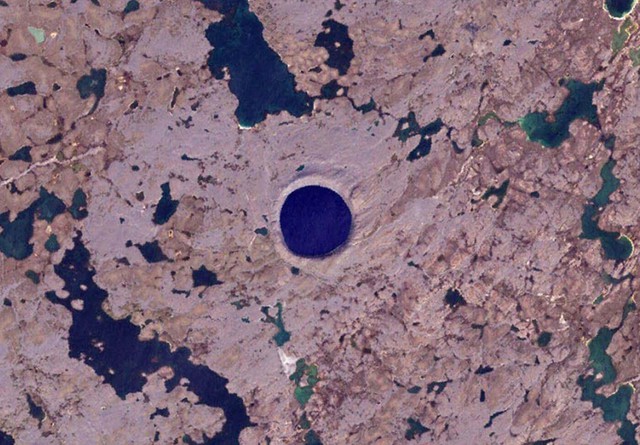
According to studies, scientists believe that a meteorite with a diameter of about 120 meters that has fallen through the atmosphere, moving at a speed of more than 30 km / s, has collided with Earth in the past, causing rocks to fall. rock in all directions and created a hole in the planet, over time rain and melting ice filled the hole. The result is that about 1.4 million years later, as we fly over the Nunavik region of Quebec, looking out the window is an endless tundra. We will see a blue eye with an almost perfect circle, which is the Pingualuit Crater. When seen in the light from above, it looks like a sparkling and mysterious crystal eye.
However, as soon as the modern world learned of its existence, this crater was renamed many times. It was originally called “Chubb Crater” by a diamond hunter and the first person to organize an expedition there – Frederick W. Chubb. Chubb hopes that the crater is from an extinct volcano, in which case the area could contain diamond deposits similar to South Africa. Thus, he and geologist V. Ben Meen of the Royal Ontario Museum made a short airlift to the crater with Chubb in 1950; It was during this trip that Meen proposed the names “Cetter of Chubb” and “Museum Lake” for the unusual body of water about 3.2 kilometers north of the crater (known today as Lake Laflamme).
Upon his return, Meen organized a niche expedition in partnership with the National Geographic Society and the Royal Ontario Museum. They arrived at the site in a PBY Catalina flying boat in July 1951, landing in nearby Museum Lake. Attempts to find nickel-iron fragments from meteorites using mine detectors loaned by the US Army. However, this search was unsuccessful because the granite in the area contains a lot of magnetite.
However, a magnetometer survey found a magnetic anomaly under the northern rim of the crater, suggesting that a large amount of metal-bearing material was buried below the surface. Quebec Department of GeographyMeen then led a second expedition to the crater in 1954. That same year, its name was changed to “Cratère du Nouveau-Quebec” – “New Quebec Crater” at the request of the Department of Geography. Quebec manager. It was only in 1999 that it was renamed “Pingualuit”, which can be translated as “where the Earth rises”. The crater and surrounding area are now part of Pingualuit National Park.
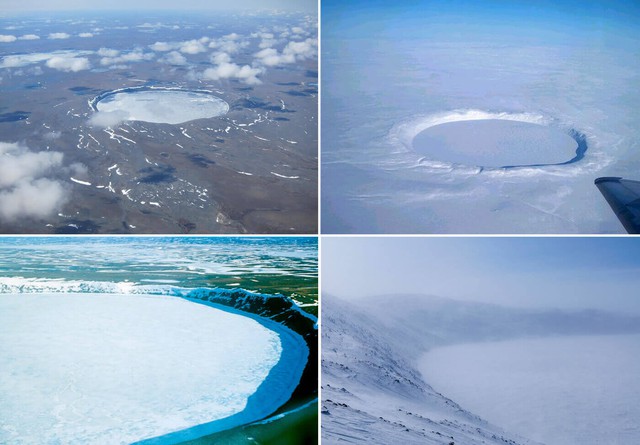
The crater is exposed on the surface, 160 m above the surrounding tundra and 400 m deep. Lake Pingualuk is 267 m deep, fills the depression and is one of the deepest lakes in North America. The lake also contains some of the purest freshwater in the world, with salinities below 3 ppm (by comparison, the salinity of the Great Lakes is 500 ppm). This is one of the most transparent lakes in the world, it does not have any groundwater or connections to the surrounding waters, so the water here only accumulates from rain, snow and is only polluted. lost by evaporation.
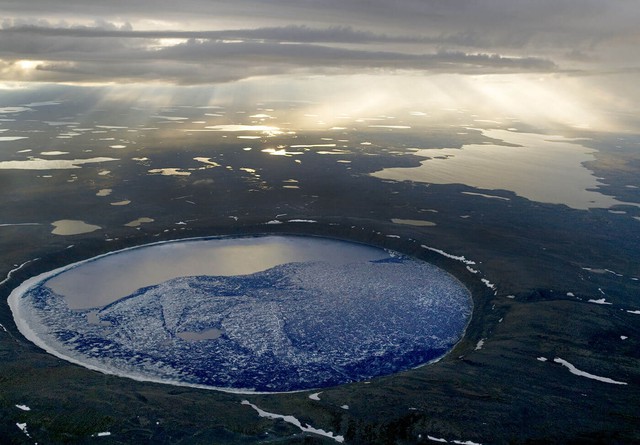
Professor Reinhard Pienitz of Laval University led a 2007 expedition to the crater and retrieved sediment cores from the lake bed, which is filled with fossil pollen as well as fossilized algae and insect larvae . It is hoped that these findings will yield information about climate change dating back to the last intercalary period 120,000 years ago. Preliminary results show that the upper 8.5 m sediment core contains records of two alternating periods.
at Blogtuan.info – Source: genk.vn – Read the original article here
